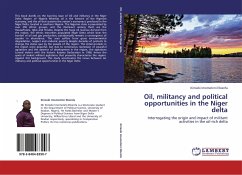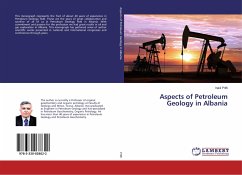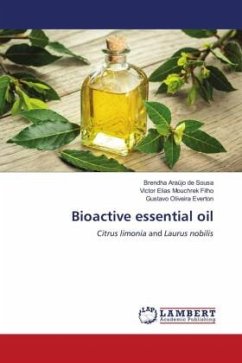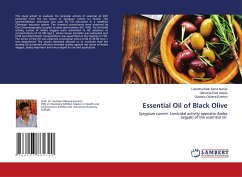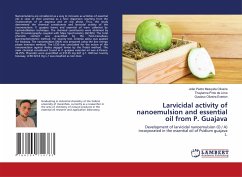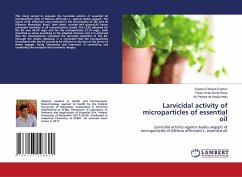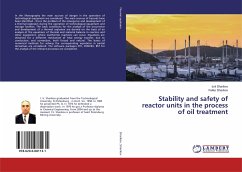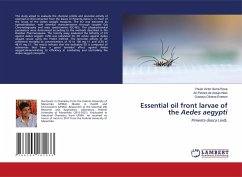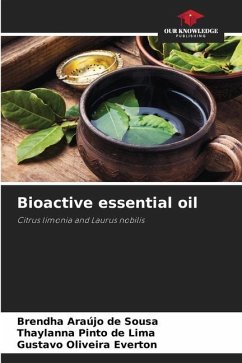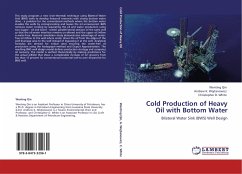
Cold Production of Heavy Oil with Bottom Water
Bilateral Water Sink (BWS) Well Design
Versandkostenfrei!
Versandfertig in 6-10 Tagen
39,99 €
inkl. MwSt.

PAYBACK Punkte
20 °P sammeln!
This study proposes a new (non-thermal) technique using Bilateral Water Sink (BWS) wells to develop heavy-oil reservoirs with strong bottom water drive - a problem for the conventional methods where the bottom water invades the wells by coning/cresting and leaves the oil unrecovered. BWS removes water cresting by separating the oil and water production using two (upper - oil and lower - water) parallel lateral sections of the same well so that the oil-water interface remains un-altered and the upper oil inflow is water-free. Reservoir simulation study demonstrates advantage of water-free oil i...
This study proposes a new (non-thermal) technique using Bilateral Water Sink (BWS) wells to develop heavy-oil reservoirs with strong bottom water drive - a problem for the conventional methods where the bottom water invades the wells by coning/cresting and leaves the oil unrecovered. BWS removes water cresting by separating the oil and water production using two (upper - oil and lower - water) parallel lateral sections of the same well so that the oil-water interface remains un-altered and the upper oil inflow is water-free. Reservoir simulation study demonstrates advantage of water-free oil inflow to the well where water drives the oil from the edges of the well drainage area to the well instead of bypassing it at the well. Analytical formulas are derived for critical rates ensuring the water-free oil production using the hodograph method and Dupuit Approximation. The resulting BWS well design model defines production strategy and computes oil recovery. The model is verified theoretically by making predictions for the actual oilfield that show a considerable increase of oil recovery from less than 15 percent for conventional horizontal well to over 40 percent for BWS well.



